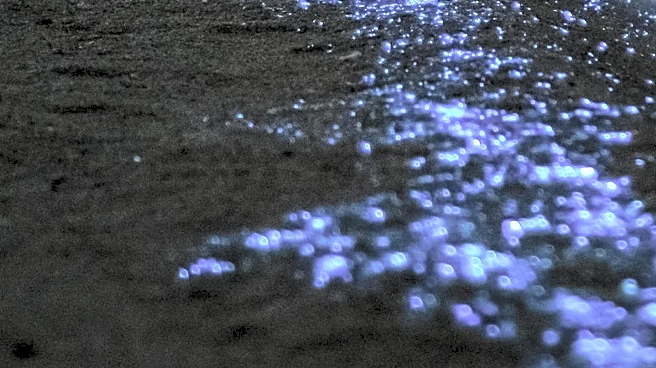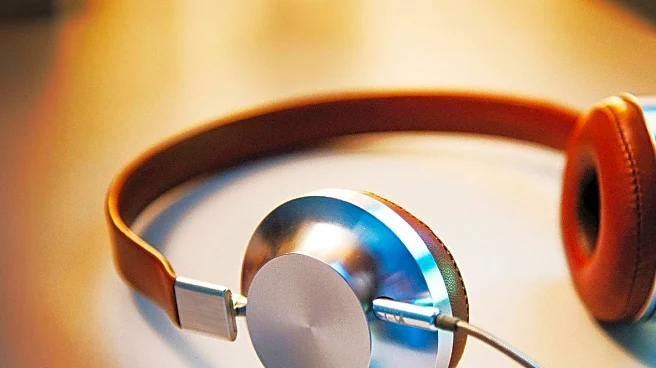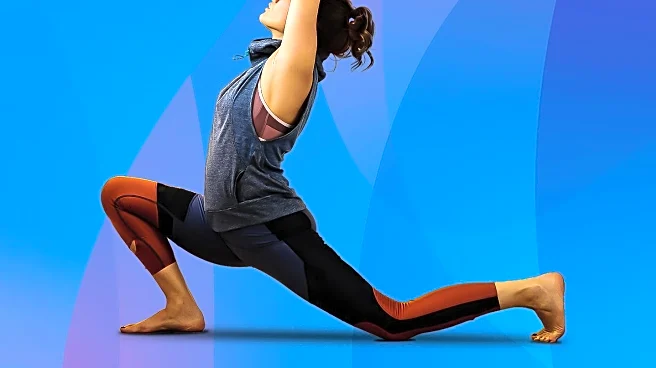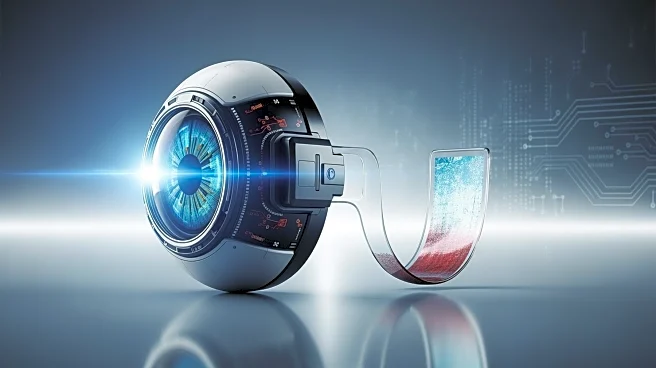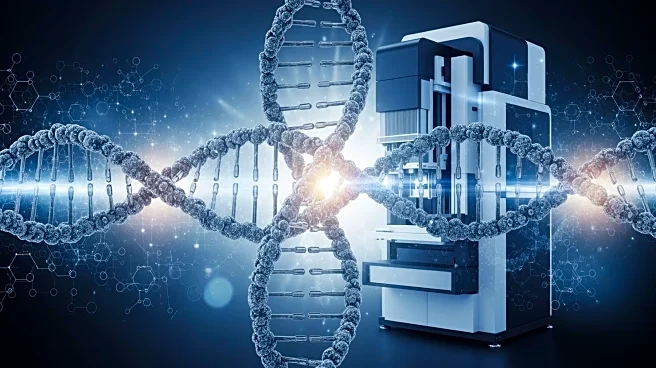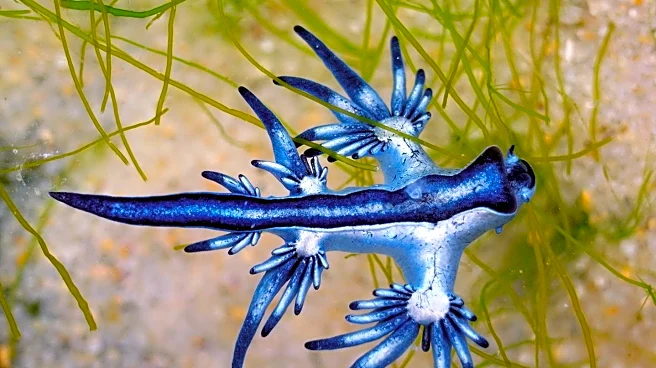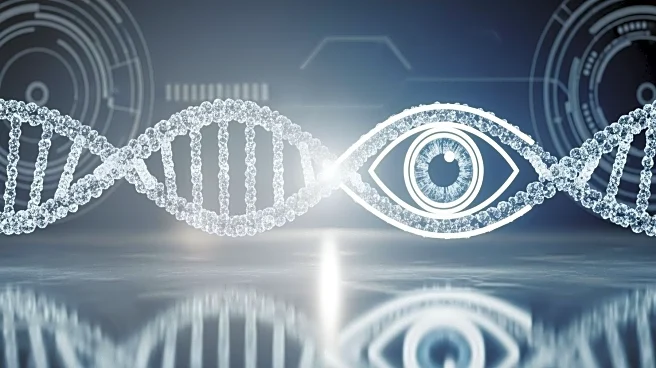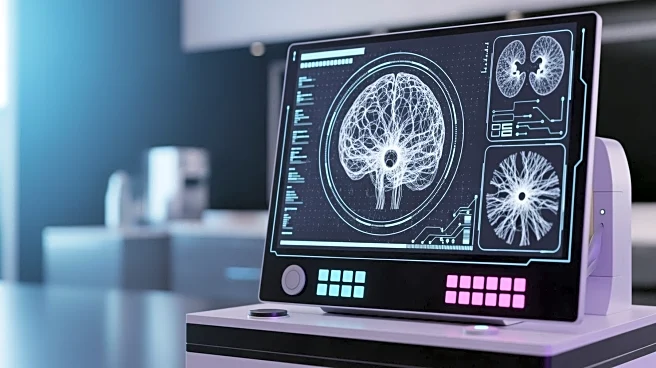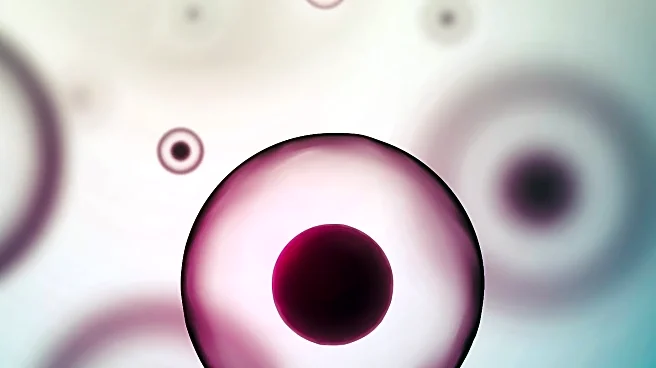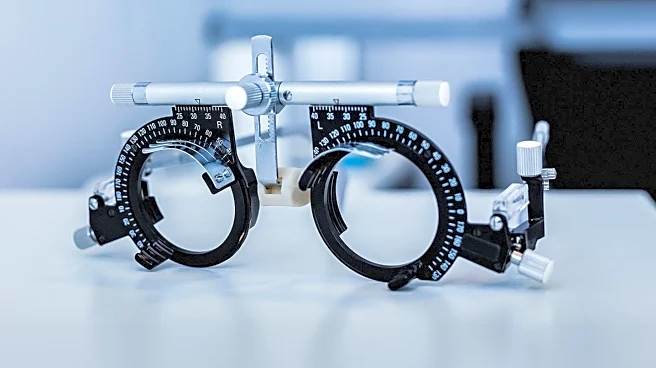What's Happening?
A recent study has explored the biomechanical response of human corneal tissue to accelerated UVA crosslinking and varying riboflavin osmolarity. The research involved human donor corneas, which were not suitable for transplantation, and were subjected
to nanoindentation under retrocorneal pressure. The study aimed to assess the elastic properties and time-dependent deformation of corneal tissue samples. The corneas were treated with different riboflavin solutions and UVA irradiation intensities to evaluate the effects on corneal biomechanics. The research utilized a modified artificial anterior chamber setup to maintain consistent testing conditions and ensure physiological hydration of the corneal samples.
Why It's Important?
This study is significant as it provides insights into the effectiveness of different corneal crosslinking protocols, which are crucial for treating conditions like keratoconus. Understanding the biomechanical properties of the cornea under various treatment conditions can lead to improved clinical outcomes and more effective therapeutic strategies. The findings could influence the development of new protocols that optimize the balance between treatment efficacy and safety, potentially benefiting patients with corneal disorders by offering more tailored and efficient treatment options.
What's Next?
The research suggests further exploration into optimizing crosslinking protocols, particularly focusing on the balance between riboflavin concentration and UVA exposure intensity. Future studies may investigate the long-term effects of these treatments on corneal health and their potential applications in clinical settings. Additionally, the study's methodology could be applied to other areas of ophthalmic research, potentially leading to advancements in corneal surgery and treatment techniques.
Beyond the Headlines
The study highlights the importance of ethical considerations in medical research, as it involved human donor corneas with informed consent. It also underscores the role of advanced technologies like nanoindentation in enhancing our understanding of biological tissues. The research could pave the way for more personalized medicine approaches in ophthalmology, where treatments are tailored to individual patient needs based on precise biomechanical assessments.
